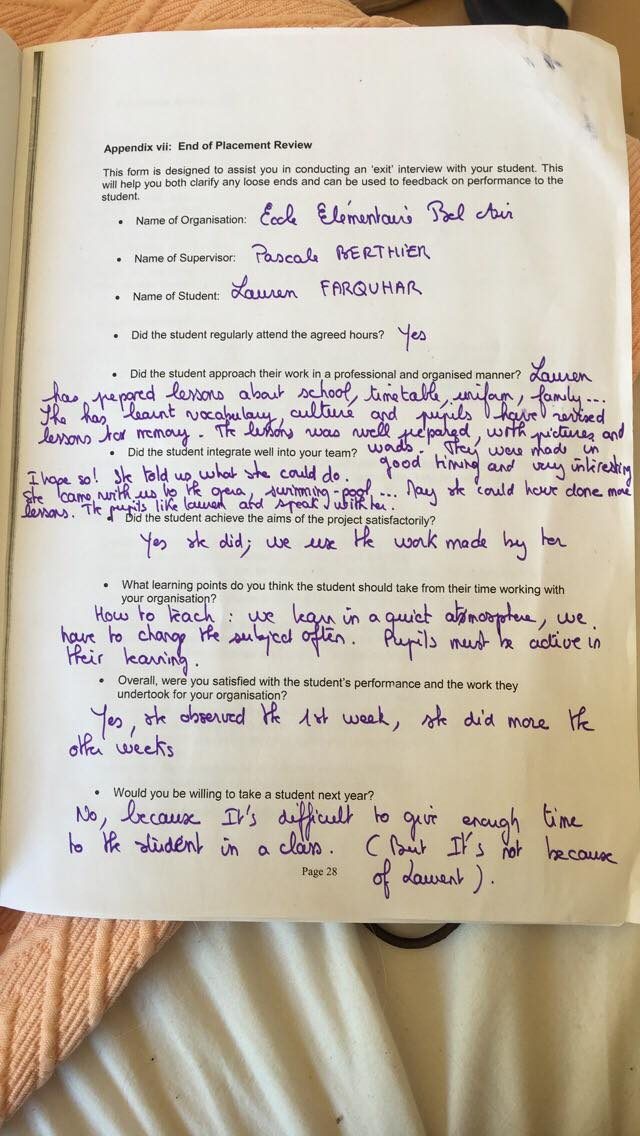Scenario
You are a primary school teacher in charge of Modern Languages and the implementation of the 1+2 Approach proposed by the Scottish Government. You have a school inspection in 6 months time, where they will be evaluating the successfulness of the policy’s implementation. After reading the policy, it is your task to convince the rest of the staff at your school that this approach will be beneficial, as well as consider how this policy could be implemented in your school and some the issues that may arise as a result of the implementation.
Benefits/Advantages
- Multilingualism opens up more opportunities later in life.
- Learning a language improves a learners communicative skills, helping them to make more meaningful connections with others in society.
- The skills and knowledge developed when learning L2 (foreign language) provide a deeper understanding of a learners L1 (native language).
- Language learning coincides with cultural studies and helps build cultural awareness in learners so that they learn to appreciate and respect cultures that differ from their own.
- Beginning languages from a young age provides more opportunity for the continuation of language learning to national qualification level.
- With this new policy, individual schools and Local Authorities are given more say into which languages they teach, perhaps influenced by geography or culture.
- The policy can provide equality for learners across Scotland, as well as creating more equal chances for Scottish children when compared with their European counterparts.
- There are great opportunities for creating links with schools in other countries for more in-depth, contextualised learning.
How do you implement/incorporate the policy?
- Introduce regular and consistent learning of the language throughout the school (e.g. the daily routine, assembly).
- Produce an audit of the staff’s skill level and confidence in languages to determine which language will best suit the school.
- Encourage use of Interdisciplinary Learning (IDL).
- Support staff and encourage professional development by providing them with opportunities to learn and enhance their practice.
- Ensure that planning and resources are exciting and stimulating for pupils so that they become interested in language learning.
- Create links with the local secondary school to inform our practice and ensure there is continuation into secondary school.
Issues/Problems/Gaps
- Catering for children with EAL, where there L1 is not English.
- Lack of teacher competence and confidence in teaching languages.
- Funding issues.
- Lack of reliable resources readily available to the school.
- Time constraints in the curriculum meaning that language learning is neglected and another subject is prioritised to meet the demands on the teacher.
- Engaging pupils will be difficult if the teachers are not confident or enthused themselves.
- No specific guidelines for pupil assessment.
- There is a social stigma surrounding languages that children often pick up from adults.
Reflections on the Policy
It is a good concept but their are many issues regarding the physical implementation. One issue with the policy is that it lacks clarification. There are a number of recommendations, however, they are very basic and the policy provides very little elaboration or examples of how this recommendation might look when implemented in schools. Plus, these are only recommendations and so there is no mandatory requirement to follow these. This does give teachers a lot more freedom, in line with the ethos of CfE, though it does, again, raise the issue of clarification as many of these recommendations are open to teacher/school/local authority interpretation, which will result in mixed results and experiences for children across Scotland. Lastly, the policy mentions a lot about the need for this type of language learning for Scotland’s future, but not a lot of focus on the reality of this policy today, particularly what language learning will look like in schools on a daily/weekly basis, from now.
References
Scottish Government Languages Working Group (2012) Language Learning in Scotland A 1+2 Approach. Edinburgh: Scottish Government. Available at: https://www.gov.scot/Resource/0039/00393435.pdf (Accessed: 26 September 2018).










